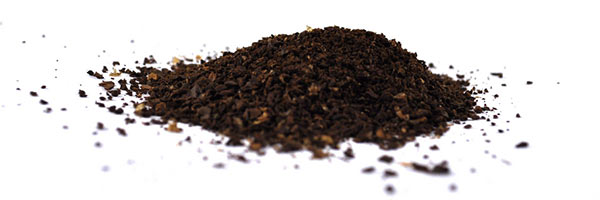Greenfingered gardening tips for leftover coffee

What to do with those leftover coffee grounds?
Well Heriot Watt University are giving away small bags of leftover grounds from their campus coffee shops in the hope that students will put them to good use and start tending to flower beds and compost heaps.
Whether or not students will suddenly find themselves with green fingers overnight remains to be seen, but many people have been advocating the use of coffee grounds as a horticultural aid for a long time now.
Here are some top tips on how to use coffee in your garden.
Add coffee to your compost pile
Generally, coffee grounds tend to be comprised of around 1.45% nitrogen, which helps in the composting process. The addition of coffee will help speed this up, though don’t go overboard! For every 5kg of coffee that will be thrown onto the heap (so to speak) add a couple of teaspoons of lime.
Add to plants that prefer to grow in slightly acidic soil (ph3 to ph5).
Coffee can help maintain the ph balance in souls and are exceptionally useful for those who are growing citrus fruits, blueberries and cranberries, but also other flowers such as rhododendrons and camellias that are more likely to be found in domestic gardens.
Tomatoes and roses also get a boost from our morning drink.
Use coffee as a natural pest repellent
There is a reason as to why you don’t see slugs and snails frequently frequenting places like Starbucks or our headquarters near Leeds: they just aren’t especially fond of coffee. It’s primarily why we aren’t friends with them. Place a ring of coffee grounds around plants that tend to be vulnerable to these terrestrial molluscs.
You could always combine feeding with protection and, as the saying goes, kill two birds with one stone. Add some coffee grinds to bucket filled with water and leave for a day or two and then use this mixture to pour over your plants to provide both nourishment and a shielding layer to ward off pests.
